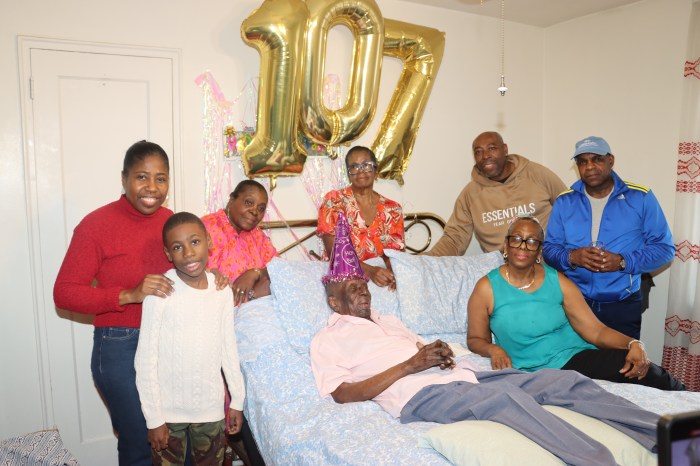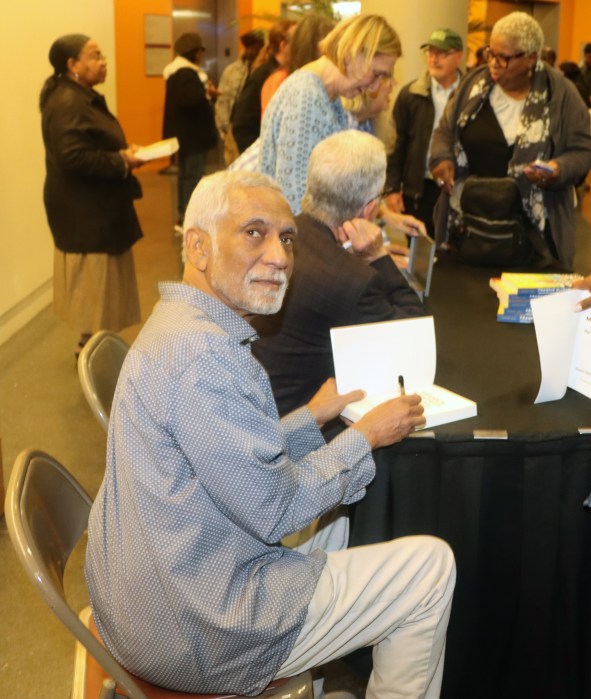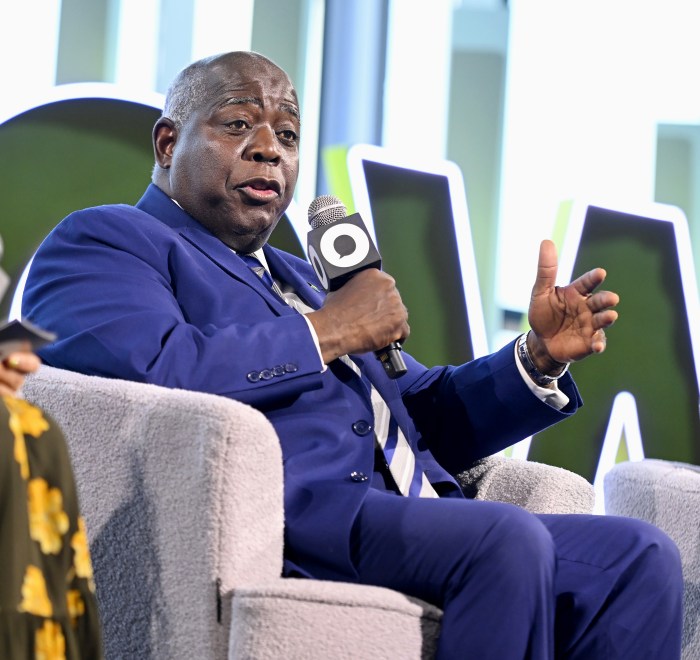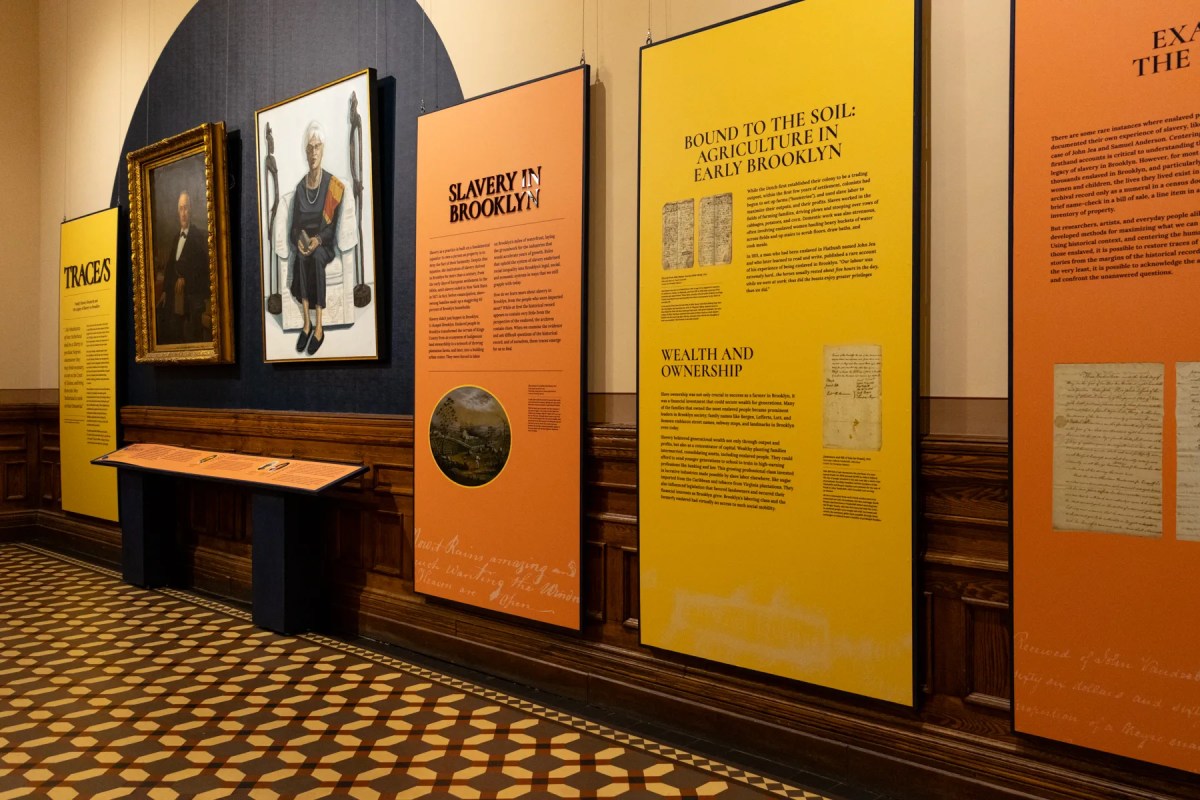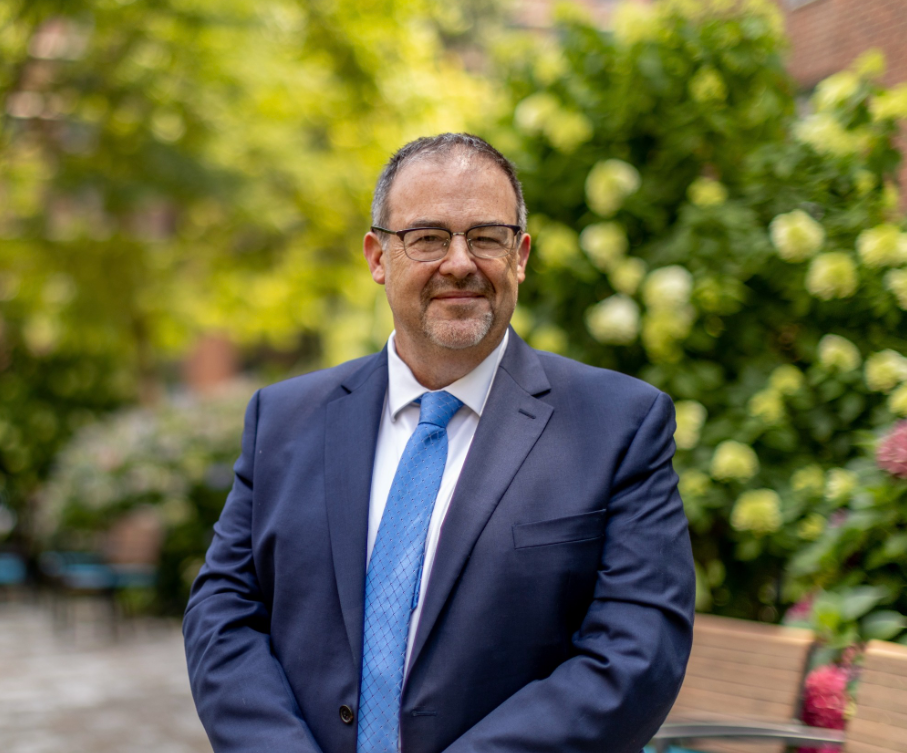A Brooklyn-born, Miramar, Fl. resident, whose parents are natives of St. Vincent and the Grenadines, has written a master’s thesis for her architectural degree about the watermelon and how it represents the stereotypes “pushed onto Black people.”
“The truth of its cultural existence is difficult to digest without an understanding of the methods to distort the truth,” said Kamani Ann Samuel, who was born in East New York, Brooklyn to Annie Glasgow and Dexter Samuel, about her thesis.
“As we unravel the history and stereotype created from racial views of the watermelon, we are continuously unraveling the truth about things that are revealed to us,” added Samuel, who graduated from the University of South Florida, in Tampa, in the spring. “The goals are to unravel the mystery and discover the value of every move we make as human beings.
“Acknowledge that installation of fear in people to be against each other: The end result is to find your truth,” she added.
In seeking to unravel the truth, Samuel said she researched the “Hidden History Architecture & Spiritual Teachings of Kemet.”
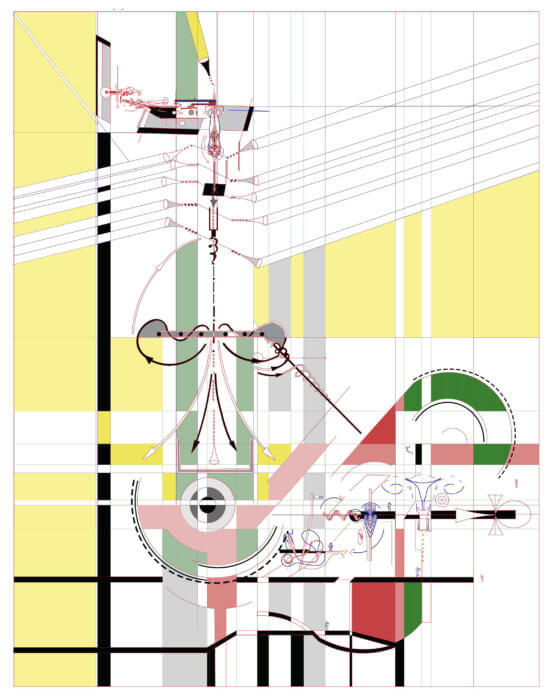
From those findings, she told Caribbean Life that she started to create abstract drawings and models to explain her results.
Samuel said the connection between technology and the Egyptian teachings became her connection through the ancient pyramids.
“The idea is to always remember that technology is mimicking humanity,” she said. “Nothing that technology is doing is outside of humanity. Be careful that we are not just reproducing our own oppression through technology. Step away from becoming more enslaved by the technology.”
Samuel said she chose this thesis “because it belongs to my ancestors,” stating that it helped her to understand “who I am and where I am going.
“Thinking outside the box is part of my personality,” she said. “I am fearless and hardworking.
“My goal for this thesis to open the minds of the masses and allow them to research information about themselves — to look within themselves and connect to their spiritual journey,” she added.
Samuel said her innate future plans are to join a company to get more exposure to architecture and understand the cultural environment, “which will give me the cutting edge to become an entrepreneur.”
“With over four years of my master’s education experience, as an architecture designer, under my belt, I’ve analyzed the Kemetic Civilization and structure on how to take back the development of the motherland on this earth,” she said.
Stating that rebuilding Africa is a process, Samuel said she is determined to help produce and build structures for communities that are yet to be heard of.
She also said she is focused on giving opportunities “for the rich soil to have rich land.
“Africa will continue to have the fastest urban growth in the world,” Samuel said. “Due to it being the oldest inhabited continent on earth, having the chance to create change and conversation on growth in a continent helps a future architect, such as me, to explore.”
She said the building and construction sector is key to the development of Africa and the well-being of its population.
“Africa can fulfil the demand for a built-environment that meets the needs of African people through the application of sustainable building and construction concepts,” Samuel said. “As for me, I want to be a part of the movement in evolving the land that holds so much strength.
“My career plans are to first plant a tree, then build a home – staying close to nature and building with nature, not against it,” she added.
Then, in quoting the author T. C. Carrier, Samuel said: “’Whoever controls the image and information of the past will determine what and how future generations will think; and, whoever controls the information and images of the present, will also determine how these same people will view the past.’”



